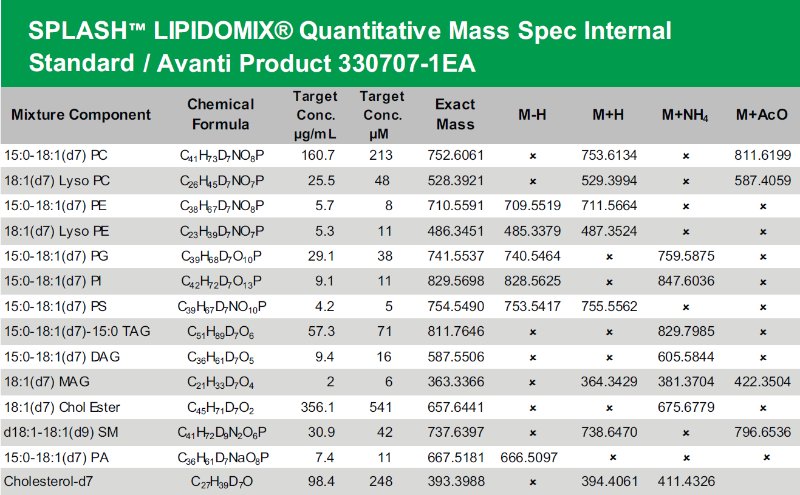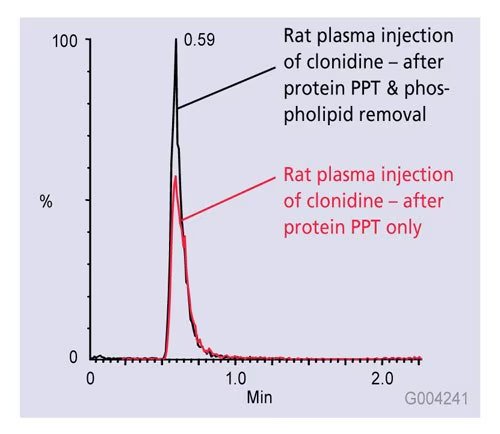Questions

Does anyone try to run SPLASH Lipidomix Quantitative Mass Spec Internal standard by HILIC method on Agilent LC-QTOF? I do not see peaks on the chromatogram, neither positive nor negative ionization mode, and I am wondering what is the source of the problem - smth wrong with detector settings, LC method issues, column issues (we use Luna 3µm), standard mixture issues etc.
Is this problem only with this standard ?
have you tried any old method to make sure that the problem is not with the instrument ?
In Linearity solutions area variation observed but standard area remains same.
what is your matrix ?

I was analyzing plasma samples using LC-MS/MS for a drug quantification study. The standard curve looked great in pure solvent, but when I injected extracted plasma samples, the signal dropped significantly.
After some digging, I realized the problem was ion suppression caused by co-eluting matrix components. These were interfering with ionization efficiency in the ESI source.
Switching to solid-phase extraction (SPE) instead of protein precipitation helped clean up the matrix, and the response came back to normal. Ever since, I always test for matrix effects early in method development.
No answers yet.

